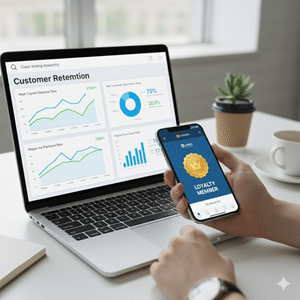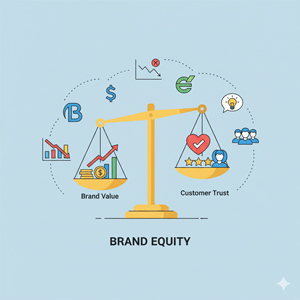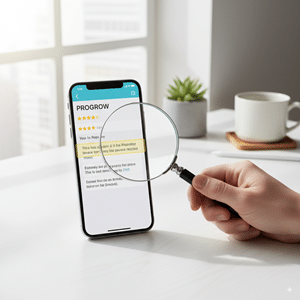What is Content Decay?
Content decay refers to the gradual decline in traffic, rankings, and engagement of previously successful content such as blogs, guides, and landing pages. This downturn frequently arises from emerging competitors, shifts in search intent, obsolete information, or updates to algorithms.

Why Content Decay Matters
Traffic Loss
When content falls in rankings, organic visits decline, leading to a decrease in lead flow.
Competitive Threat
Fresh or more finely-tuned content from rivals surpasses current pages.
User Experience Issues
Readers are often exasperated by outdated statistics, broken links, or insights that lack relevance.
SEO Erosion
A drop in CTR and engagement indicates to search engines that the content may not hold as much value.
Revenue Impact
For businesses that depend on content marketing, outdated content translates to missed opportunities and diminished returns on investment.
Common Causes of Content Decay
- Shifts in Search Intent: The audience’s expectations evolve, resulting in a disconnect with the content.
- Increased Competition: Rivals release more up-to-date or thorough materials.
- Algorithm Updates: Different ranking signals and content formats are prioritized by search engines.
- Outdated Information: Old data, obsolete trends, or expired offers reduce credibility.
- Technical Issues: Delayed loading times, subpar mobile usability, or issues with crawlability.
How to Identify Content Decay
- Declining organic traffic in analytics tools
- Dropping keyword rankings in SERPs
- Lower CTR in Google Search Console
- Decreasing backlinks and referral traffic
- Audience engagement metrics trending downward (time on page, bounce rate)
How SEO Agency Boston Revives Decaying Content
At SEO Agency Boston, we view content decay as a chance to regain our footing:
- Content Refreshing: Refreshing statistics, illustrations, and perspectives to align with contemporary benchmarks.
- Keyword Expansion: Incorporating additional secondary and long-tail keywords to tap into emerging intent.
- Internal Linking Boost: Gaining influence from fresh or top-performing content.
- Technical Fixes: Improving essential web performance metrics, addressing broken links, and refining the mobile user experience.
- Content Re-Promotion: Distributing updated material through social media and email platforms.
- Multimedia Additions: Incorporating videos, infographics, and visuals to enhance engagement.
Best Practices to Prevent Content Decay
- Evaluate content effectiveness every three months
- Consistently refresh timeless content with the latest information.
- Keep an eye on the latest updates from competitors’ content.
- Enhance for the latest search engine results page elements (FAQs, snippets, People Also Ask)
- Utilize organized information to enhance prominence
- Repurpose top content into new formats (video, podcasts, infographics)
Related Terms
- Evergreen Content
- Content Gap
- Content Refresh
- SEO Audit
- Search Intent
Common FAQs for Content Decay
It depends. Certain types of content may lose their relevance within a matter of months, particularly those tied to current trends, whereas timeless content can maintain its standing for years before it requires any revisions.
Not necessarily. Many pieces of content can be refreshed with thoughtful updates. It is advisable to delete pages that are irrelevant, of low quality, or duplicates.
Yes. Robust internal links play a crucial role in sustaining authority flow and ensuring that older content remains pertinent.

Don’t Let Great Content Fade Away
At SEO Agency Boston, we assist brands in combating content decay through proactive refreshes and intelligent SEO strategies, guaranteeing that your content continues to provide value well beyond its initial publication.






